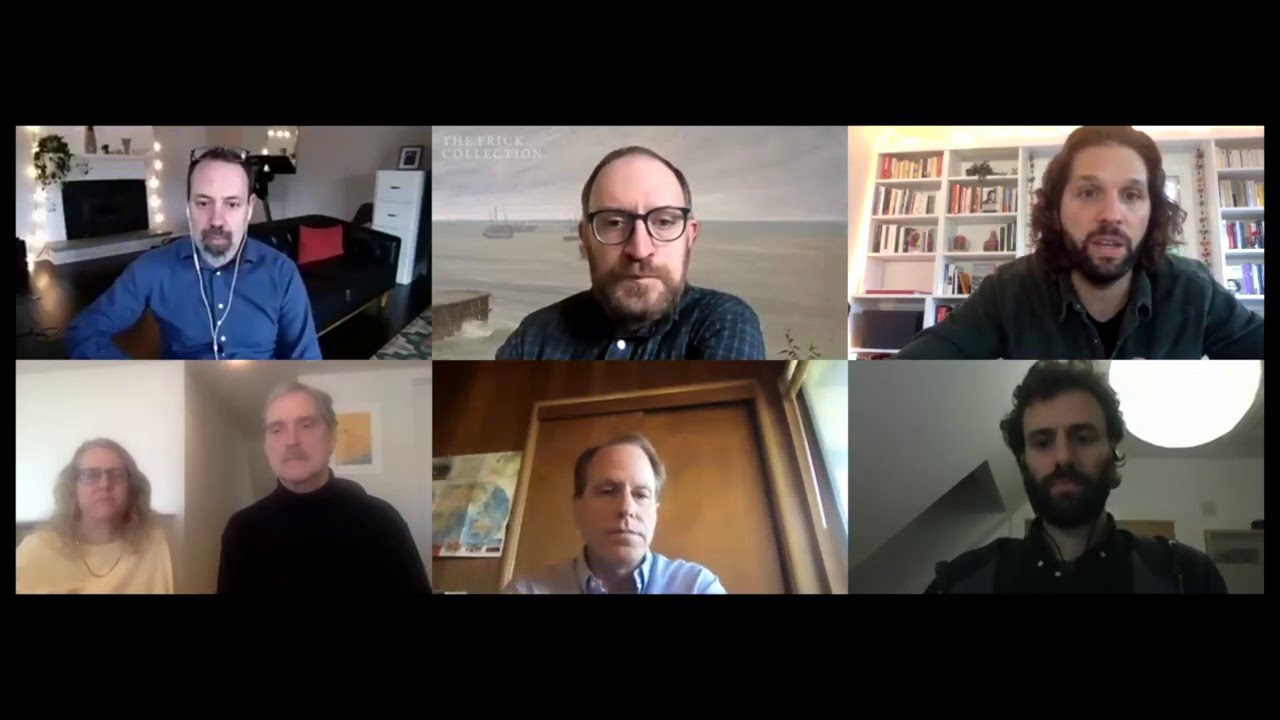技術革命和藝術史, 第三部分: 阿朗佐·C. 艾迪生
“數字化一個正在消失的世界: 人群, 雲與文化”
Alonzo C 的主題演講. 艾迪生
As we approach the 50th anniversary of the landmark World Heritage treaty, threats to culture seem sadly more present than ever. From aging artifacts to the perils of pollution, from conflicts to climate, and even the new burdens brought on by COVID, our past is disappearing. In the race to preserve and protect our shared heritage for future generations, digitization is now a necessity. But what are we encoding, and how can we ensure that these new digital records outlive the artifacts they are designed to preserve? 畢竟, the pyramids have survived for thousands of years, yet even digital files from a decade ago are often a challenge to read. Digitally recording the past is fraught with challenges, from rights and ownership, to complex issues of access, and perils of digital obsolescence. What should we digitize, by what means, for whom, in what medium, and from which stage in an artifact’s often changing history? Despite the challenges, there is hope, with the growing digital “crowds” and “clouds” offering new possibilities to help document and save our past.
歷史上, 科學和人文不被認為是兩個獨立的學科: the separation of these two branches of knowledge developed only in the modern era. For art historians in the twenty-first century, this divide is only widening as some scholars embrace technological advances while others remain unconvinced that computational techniques and tools can bring meaningful changes to the field. Like the previous symposium “Searching Through Seeing: Optimizing Computer Vision Technology for the Arts” hosted by the Library in 2018, this four-part event seeks to encourage art historians to connect with the computer sciences by exploring the role that technology has played in the development of the discipline of art history and providing an opportunity for conversation and the exchange of ideas.
Presentations in Part III of the symposium will explore the ethics of digitization and how issues regarding access and discoverability impact research in art history. Speakers will critically examine how technologies, from 3D modelling to artificial intelligence, have the potential to expand audience engagement with cultural heritage institutions and their collections yet also, ironically, limit understanding and community connection by omitting context, introducing bias and legal restrictions, and problematizing concepts of ownership and authenticity.










